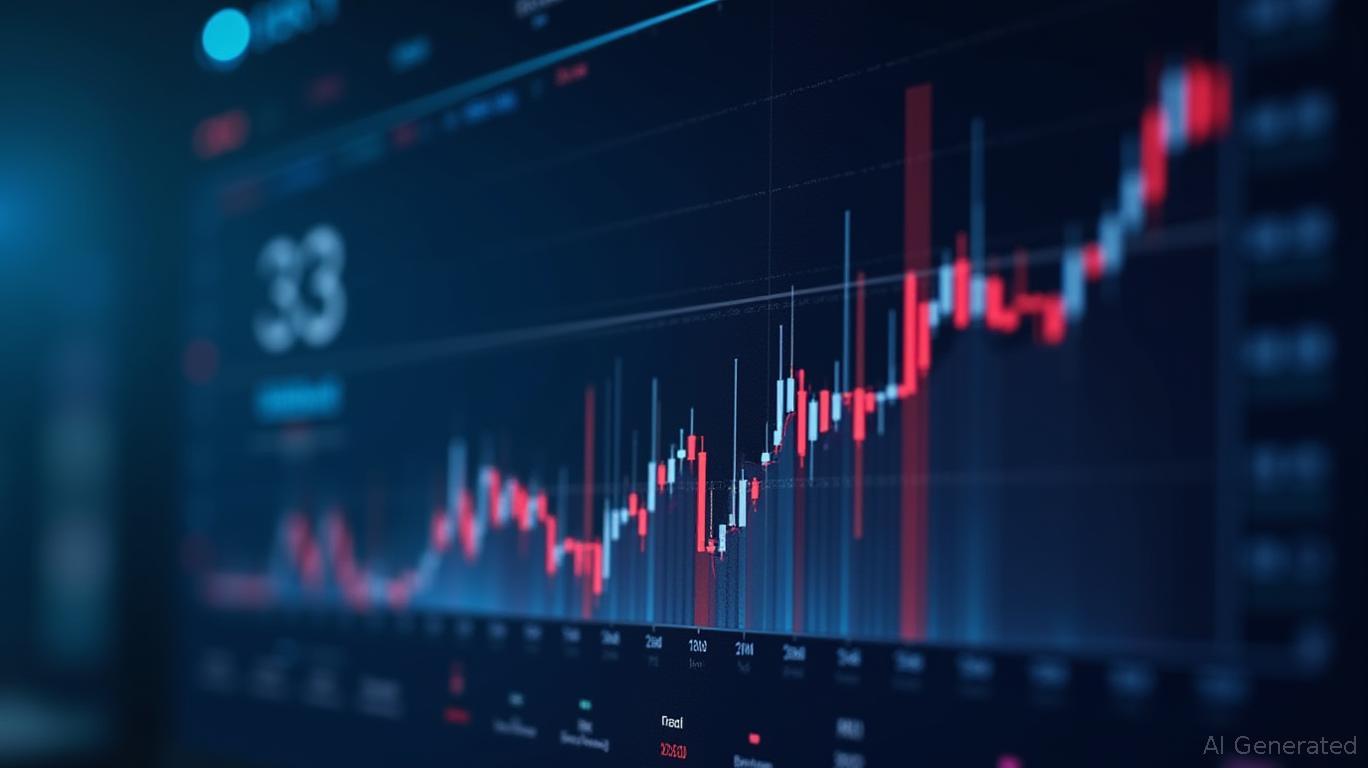Interactive Brokers: A Cost-Driven Catalyst for Active Trading's Next Wave
Interactive Brokers (IBKR) has long been a poster child for the democratization of trading, leveraging scale and technology to undercut rivals. May's metrics underscore why this firm remains a standout play on active trading demand—and why its margin resilience is a structural advantage. With Daily Average Revenue Trades (DARTs) surging 43% year-over-year (YoY), trade expenses hitting a record low of 2.1 basis points (bps), and client equity soaring to $628.2 billion (+29% YoY), IBKR is proving that its cost leadership isn't just a temporary edge but a durable competitive moat.
The DART Surge: Fueling Growth Amid Volatility
IBKR's May DARTs reached 3.384 million, marking a 43% YoY leap—a testament to its dominance in capturing the growing appetite for active trading. While DARTs dipped 11% month-over-month (MoM) from April's elevated levels, this is a predictable seasonal adjustment. The firm's sustained YoY growth, however, is undeniable: client accounts hit 3.79 million (+32% YoY), and client equity climbed 7% MoM, suggesting a deepening relationship with investors.

Cost Efficiency: The Secret Sauce to Margin Resilience
IBKR's true advantage lies in its ability to execute trades at a fraction of rivals' costs. In May, trade expenses—measured as a percentage of trade money—dropped to 2.1 bps, well below the rolling 12-month average of 3.8 bps. This reflects not just execution prowess but also the economies of scale from its massive client base. To put this in perspective: for every $1 million traded, IBKR's costs are now $210, versus $380 annually.
The firm's “all-in” cost structure—combining commissions (0.010%) and execution fees (0.031%)—is a fraction of what traditional brokers charge. This is no accident: IBKR's direct market access, algorithmic execution, and clearinghouse relationships create a near-impossible barrier for competitors to replicate.
Client Equity: A Barometer of Trust and Stickiness
The $628.2 billion in client equity represents more than just scale—it signals investor confidence. With equity up 29% YoY and 7% MoM, IBKR is proving that its platform isn't just for day traders but also for long-term investors seeking cost-effective diversification. The introduction of new products like the Ping An CSI HK Dividend ETF (no transaction fees) and Canada's FHSA (First Home Savings Account) further expands its appeal, attracting both retail and institutional capital.
Client margin loans ($61.2 billion, +15% YoY) and credit balances ($134.7 billion, +26% YoY) highlight the stickiness of IBKR's ecosystem. Clients aren't just trading—they're entrusting their capital to the firm, a sign of enduring loyalty in a fragmented market.
Margin Resilience: The Bottom Line
IBKR's 90.6% gross profit margin—a staggering figure in a low-margin industry—stems directly from its cost discipline. Even as trading volumes fluctuate, the firm's ability to keep expenses low ensures that revenue growth translates into outsized earnings. For instance, the 43% DART jump likely contributed to a 29% YoY rise in commissions alone, while trade execution costs remain compressed.
This margin resilience is critical as macroeconomic headwinds loom. In a low-growth environment, companies with pricing power and cost control thrive. IBKR's data suggests it's not just surviving but thriving.
A Compelling Investment Case
The numbers tell a clear story: IBKR is the beneficiary of a secular shift toward self-directed investing. Its cost advantages, scale, and product diversification create a virtuous cycle—more clients mean lower per-trade costs, which attract even more clients. With a market cap of $87.3 billion and a track record of outperforming peers during volatile periods, this is a stock primed to capitalize on active trading's enduring momentum.
Conclusion: Why Act Now?
Investors often underestimate the power of compounding cost advantages. IBKR's May metrics aren't just data points—they're proof of a self-reinforcing model. With trade expenses at historic lows, client equity at record highs, and innovation (e.g., FHSA) expanding its addressable market, this is a company positioned to outperform in any environment. For active traders and long-term investors alike, IBKR is more than a broker: it's a structural play on the future of finance.
The question isn't whether IBKR's growth can continue—it's whether you can afford to wait.

Comments
No comments yet